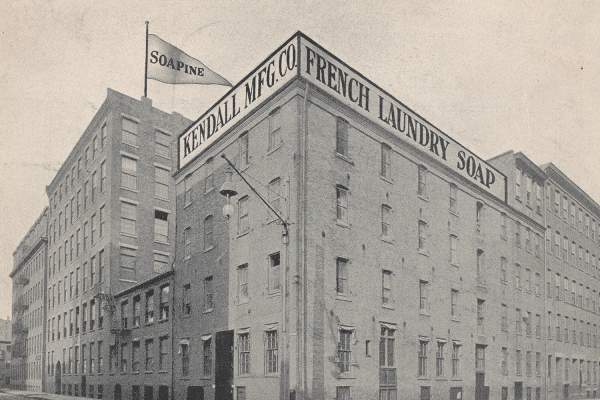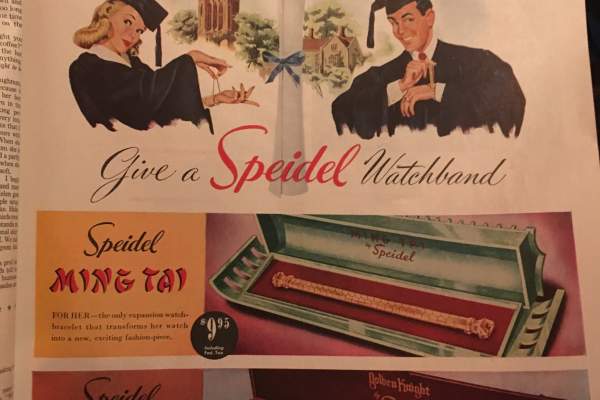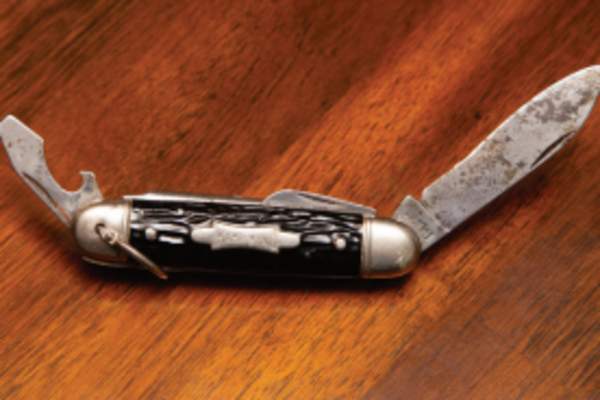Providence Walks: The Jewelry District Historic Tour
This walking tour is self-guided.
Click here to view a virtual version of the walking tour.
Printed maps are available at our Visitor Information Center at the Rhode Island Convention Center. Click here to view a full-size PDF of the map.
How did Providence, Rhode Island become the “Jewelry Capital of the World”? The first steps by Nehemiah Dodge and Jabez Gorham in the late 18th century happened outside of the Jewelry District, but set the pace for what was to come. Jewelry made in Providence was going to be affordable, mass produced and based on innovative technologies, particularly electro-plating. After the Civil War, most of the state’s jewelry manufacturing moved into the Jewelry District south of downtown.
Written and researched by Professor Dietrich Neumann of Brown University and his students, including Will Collier, Nadim Silverman, Anjoli Carroll, Charles Taylor, Luke Camery, Isabella Olea, Catherine Nguyen, Barton Bailey, Teri Minogue, Nia Gallaway, Ryan Miller, Abigail Tisch, Hannah Van, Kate Talerio, Ciprain Buxilla, Grant Menon and Ryan Walsh.
Providence Personalities: The Jewelry District
Nehemiah Dodge
(1769–1843)
Nehemiah Dodge is often called the “father of America’s jewelry industry” and Providence’s first jewelry maker. His innovations in plated gold paved the way for the production of affordable jewelry for a mass market.
Jabez Gorham
(1792–1869)
Jabez Gorham, a silversmith and merchant, founded his first company in 1815 with three partners, inventing and producing a popular jewelry chain (“Gorham Chain”). In 1831 he founded his own company (initially called Gorham & Webster) to produce coin silver spoons.
Amos Chafee Barstow
(1813–1894)
Amos Chafee Barstow was a businessman, politician and civic leader. He founded the Barstow Stove Company in 1849, and was the first president of the YMCA and mayor for one term. His 1875 appointment to the Board of Indian Commissioners by President Grant led to several trips to the American West.
Thomas Arthur Doyle
(1827–1886)
Thomas Arthur Doyle was mayor of Providence for three terms from 1864 until his death in 1886. During this time, the city's population grew from 54,000 to 120,000. He oversaw construction of City Hall, introduced the police force, improved schools and acquired the land for Roger Williams Park.
Stanton Browning Champlin
(1827–1895)
Champlin & Son was founded by Stanton and his son George in 1872 and produced gold rings and chains. George Champlin founded the United Wire & Supply Corporation in 1900. The family’s Champlin Foundation exists to this day, having donated more than $600 million in charitable grants since 1932.
Sarah Elizabeth Doyle
(1830–1922)
Sarah Elizabeth Doyle, educator and educational reformer, helped found RISD and the Providence Athenaeum. Her campaign to admit women to Brown University succeeded in 1891 with the admission of the first six women. Doyle was the first woman awarded an honorary degree from Brown University in 1894.
Charlotte Perkins Gilman
(1860–1935)
Charlotte Perkins Gilman was a prominent American novelist, feminist and social reform activist. She wrote ad copy and designed trade cards for soap manufacturer Kendall Manufacturing Co. Her most famous work is the short story “The Yellow Wallpaper,” an important milestone for feminist literature.
The Jewelry District Timeline
(1827-1929) Kendall Manufacturing Company
Produced soap (Soapine French Laundry Soap)
(1836-1930) Barstow Stove Company
The largest stove manufacturer in New England
(1872-1932) Champlin and Son
Produced gold rings, gold-filled chains and wire supplies
(1880-1977) Davol Rubber Company
Produced medical devices and hot water bottles composed of rubber
(1883-1941) Vesta Knitting Mills
Producer of ribbed, knit underwear for women and children
(1907-1966) James Doran and Sons
A company specializing in jewelry findings, umbrella fittings and collar buttons
(1911-1979) Coro (Cohn & Rosenberger) Jewelry
Once the largest costume jewelry manufacturer in the U.S.
(1912-1965) Speidel Company
Produced chains, and later, extendable bracelet watchbands (“Twist-O-Flex”)
(1913-1978) Little Nemo (Brier Manufacturing Co.)
Second largest jewelry company in the U.S., named after a popular comic strip character
(1916-1988) Imperial Knife
Largest knife manufacturer in the U.S

















